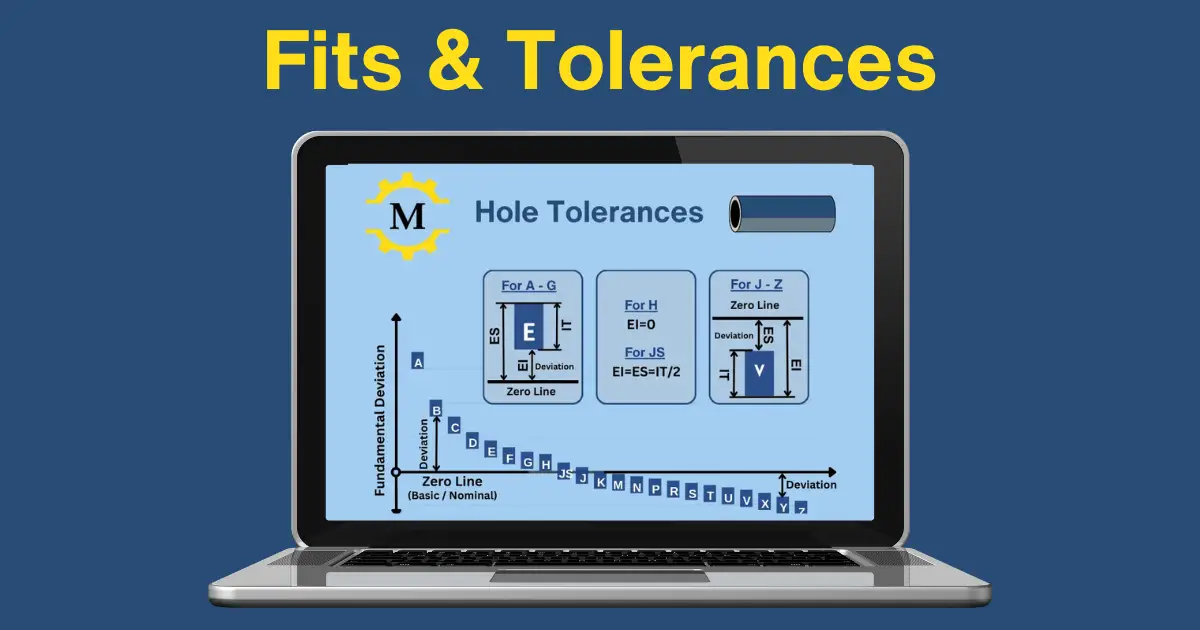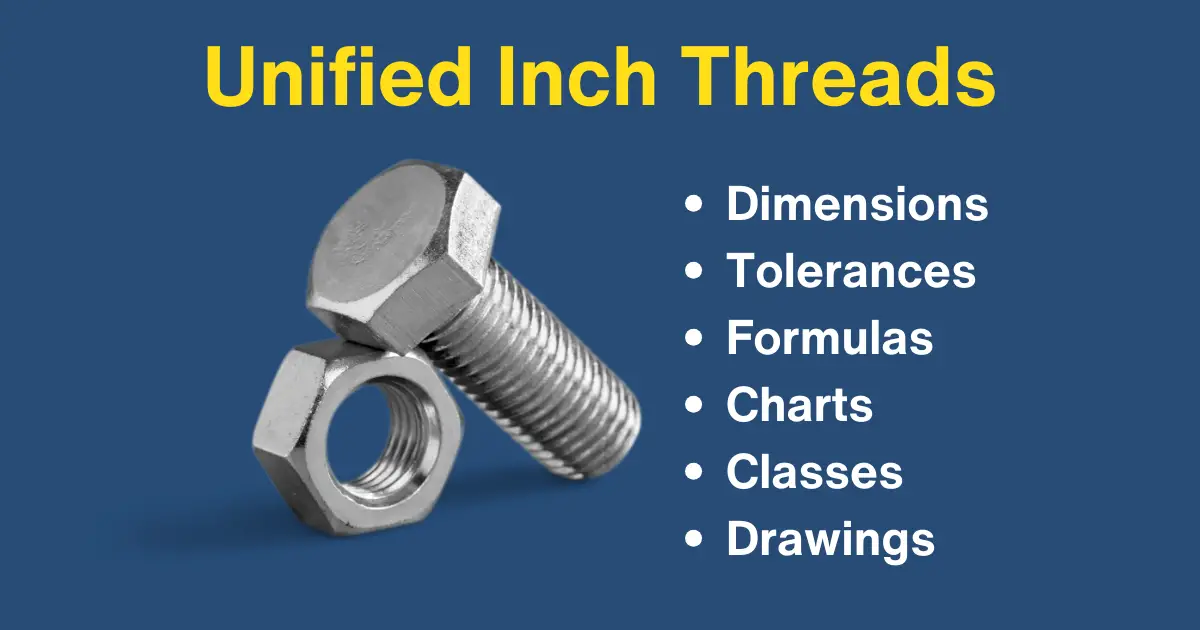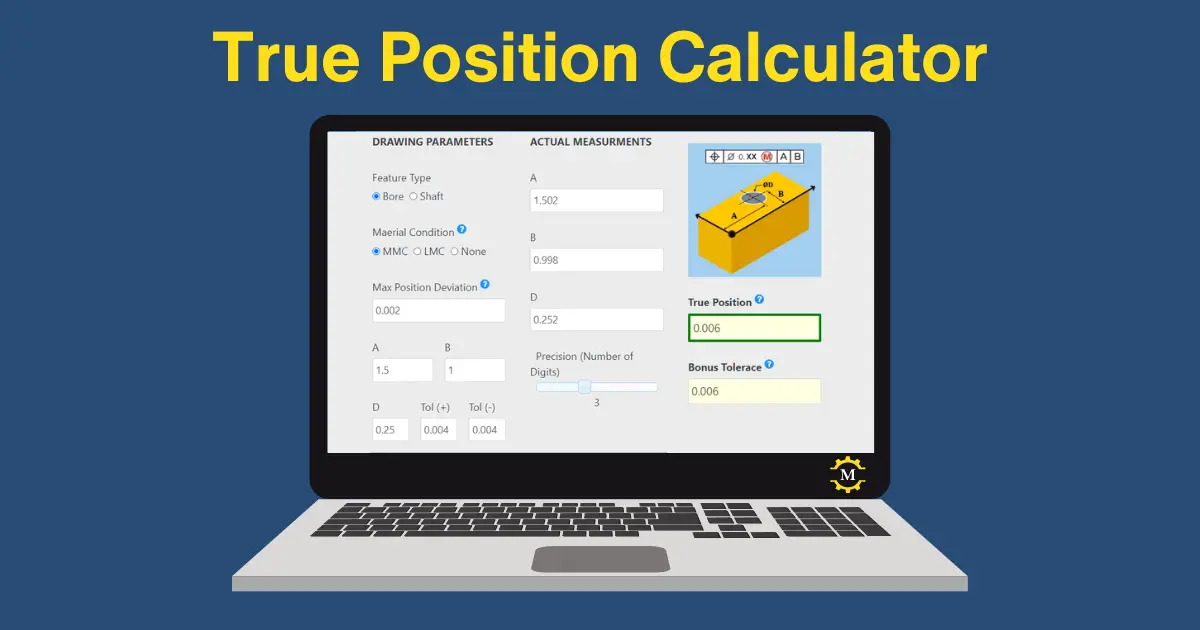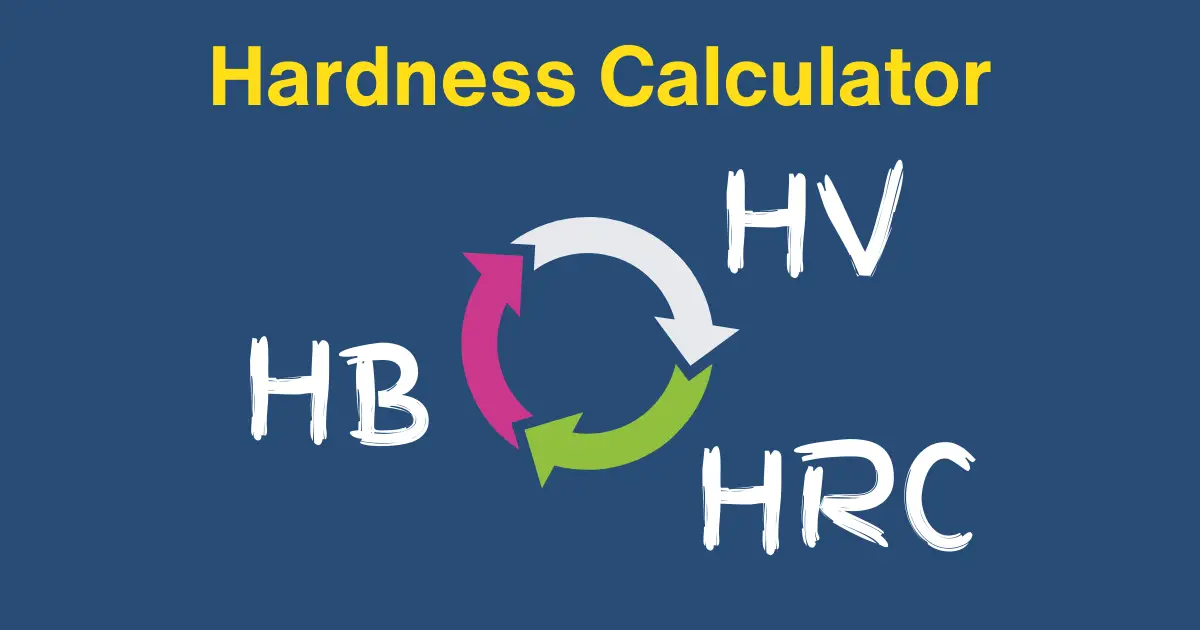Understanding the direction of a thread—whether it is left or right-handed—is a crucial aspect in various machining and mechanical applications. While many screws and bolts follow a right-handed convention, left-handed threads have specific use cases, such as in preventing loosening of certain components during operation. In this article, I will share the methods of identifying and differentiating between left and right-hand threads and shed some light on their applications.
Table of Contents
Identifying Right and Left-Hand Threads
Visual inspection is the most straightforward method of determining the “hand” of a thread. By examining the end of a bolt, turning the nut clockwise should cause it to move towards the head of the bolt. Conversely, turning the nut counter-clockwise should result in the nut moving away from the bolt head, indicating a left-handed thread.
Additionally, threads can be distinguished by their winding direction. A right-hand thread winds in a clockwise and receding direction when viewed axially, while a left-hand thread winds in an anticlockwise and receding direction. Generally, right-hand threads are considered the default unless specified otherwise.
Right-Hand Threads
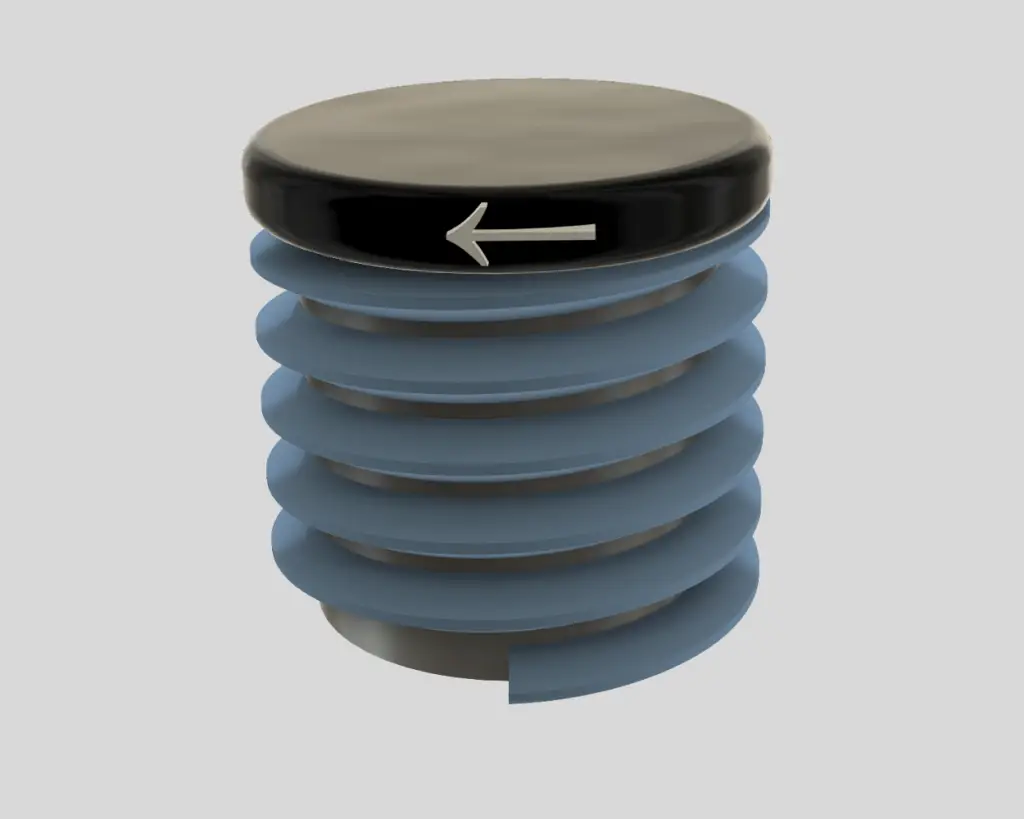
Right-hand threads follow a simple principle: they tighten when rotated in a clockwise direction. When viewed from above, a point marked along a right-hand thread will turn clockwise as the component is tightened into a workpiece. As my colleagues joke around, “righty-tighty, lefty-loosey” captures the essence of right-hand threads. To unfasten a right-hand threaded screw, it must be turned counter-clockwise, and to tighten, it must be turned clockwise.
Left-Hand Threads
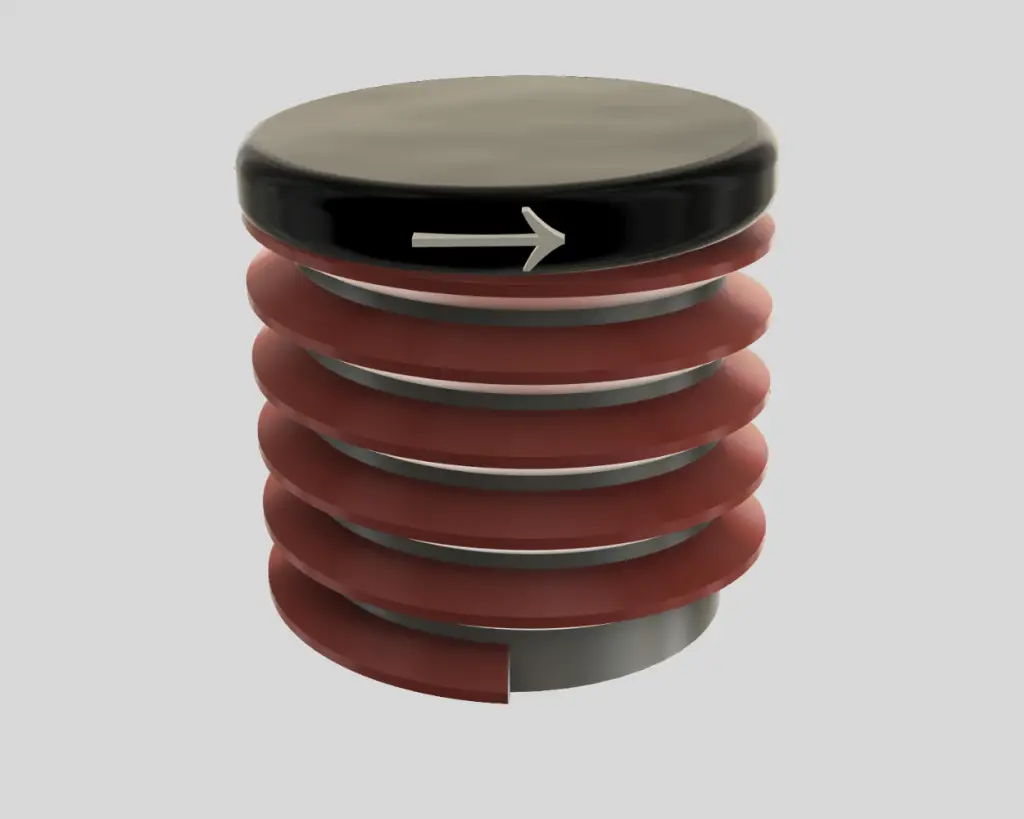
Left-hand threads are the reverse of their right-handed counterparts. To fasten components with left-hand threads, they must be turned counter-clockwise, while turning them clockwise unfastens them. Left-hand threads are less common and typically used in specific cases, such as for security reasons or when counter-clockwise rotation is required.
Applications of Left-Hand Threads:
In some types of industrial machinery, left-hand threads are utilized to avoid unintentional loosening of bolts or fasteners because of rotational forces. The left-hand thread is additionally secured as the rotational force is in the same direction as the tightening orientation.
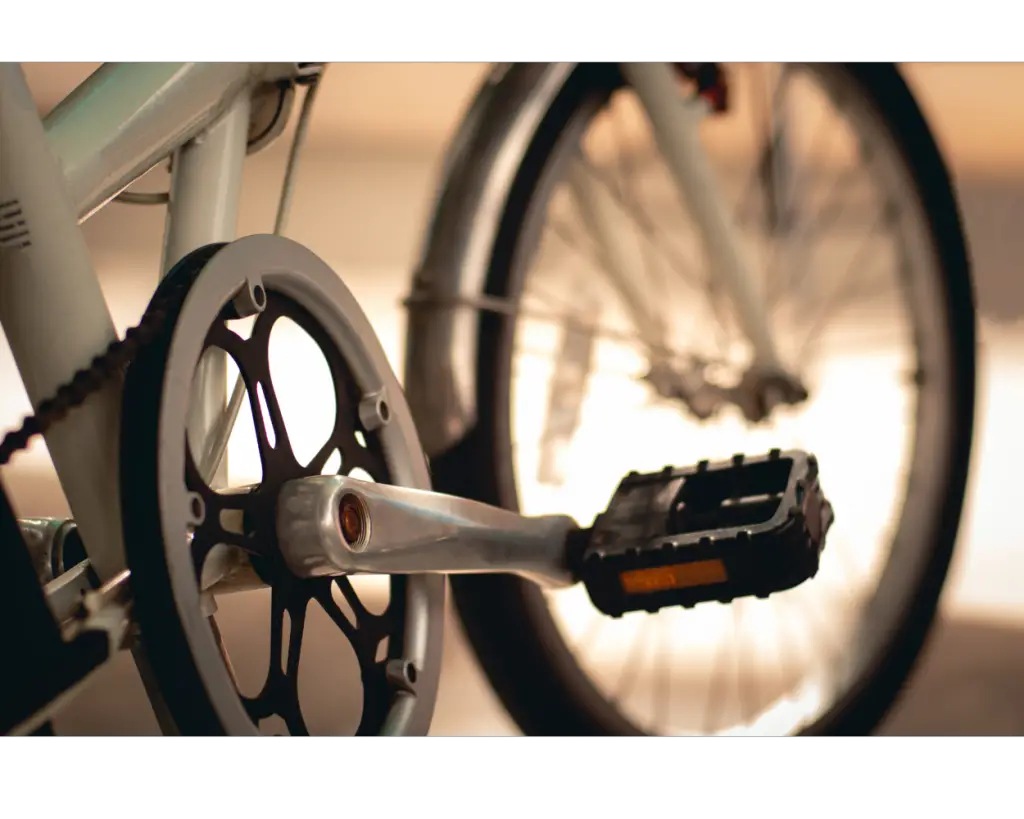
- Automotive applications, such as tie rods and ball joints.
- Bicycle pedals
- Bolts securing grinding wheels.
Additional Cases:
- Turnbuckles: These devices, used to adjust the tension in cables, ropes, and other tensioning systems, often have a left-hand thread at one end and a right-hand thread at the other. This allows for easy adjustment of tension.
- Gas Connections: Connections for flammable gases, such as propane, often use left-hand threads for safety reasons. This helps prevent the accidental connection of a gas line to an incompatible device.
Recognizing the distinction between left and right-handed threads is crucial for proper assembly and operation. Visual cues, winding directions, and ‘old sayings’ provide practical methods for identifying thread orientation. While right-hand threads dominate, left-hand threads find their niche in specific applications, adding an extra layer of functionality to fasteners and connections. Whether turning clockwise or anticlockwise, understanding the language of threads ensures precision and reliability in diverse machining endeavors.
This article was written with the kind cooperation of David Morrr.

Author Bio:
With three decades of manufacturing experience, David Morr has been the ‘Global Engineering Education Expert’ at Seco Tools since 2021. Hailing from Sydney, Australia, he’s known for insightful content like “6 Essential Tool Maintenance Tips for Machinists” and “Beginner’s Guide to CNC Milling Operations and Strategies.”
Read more about David.
